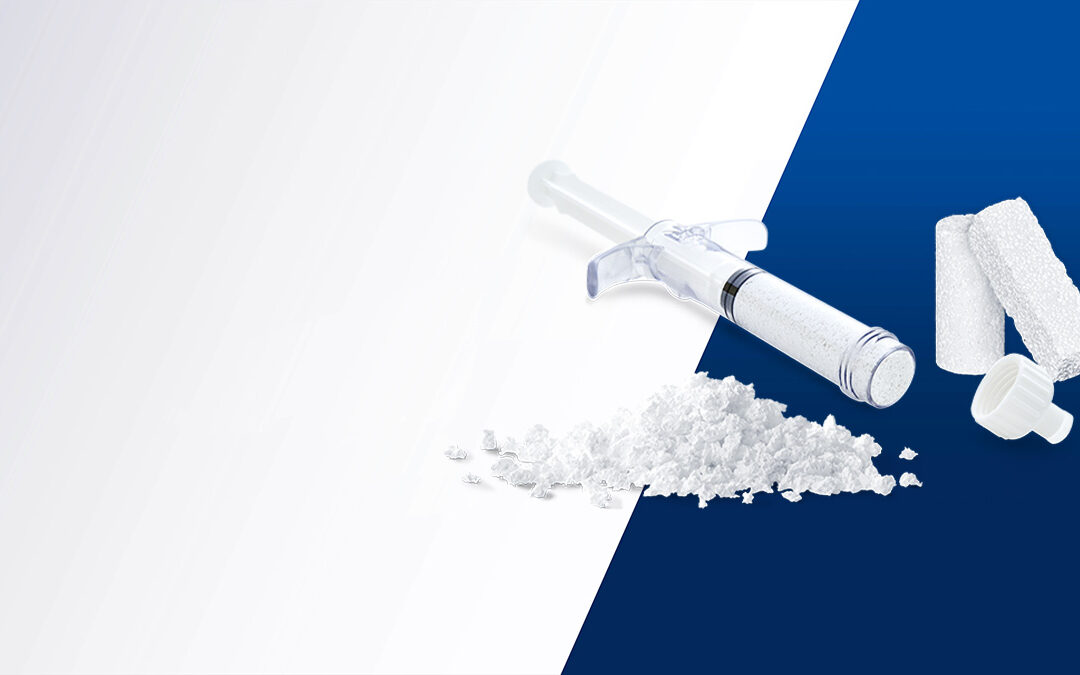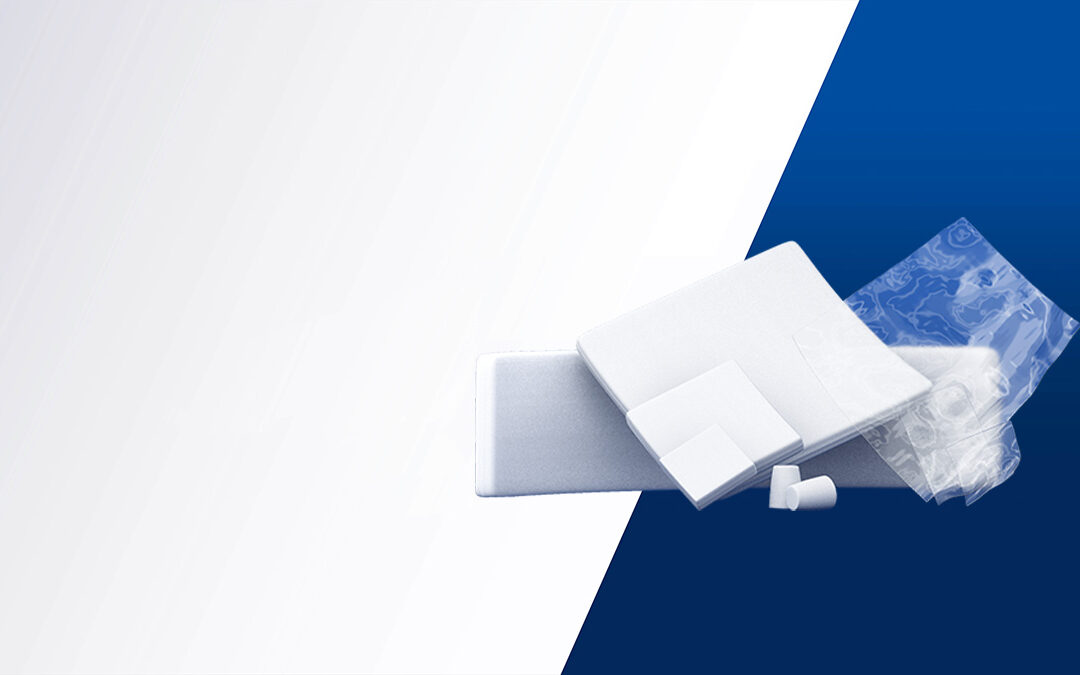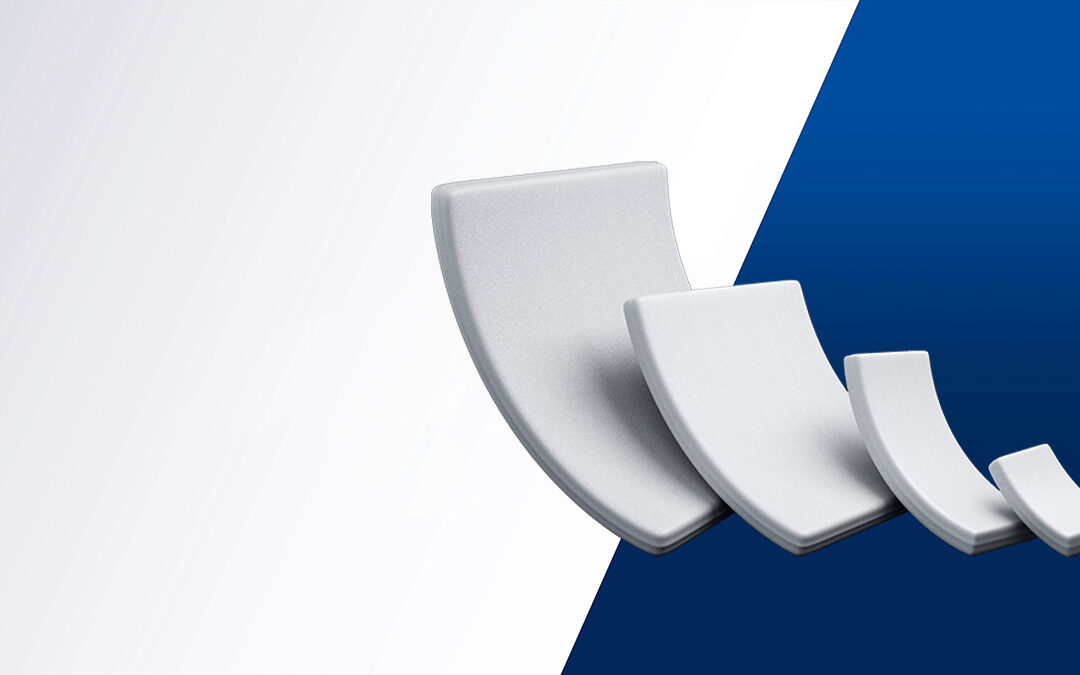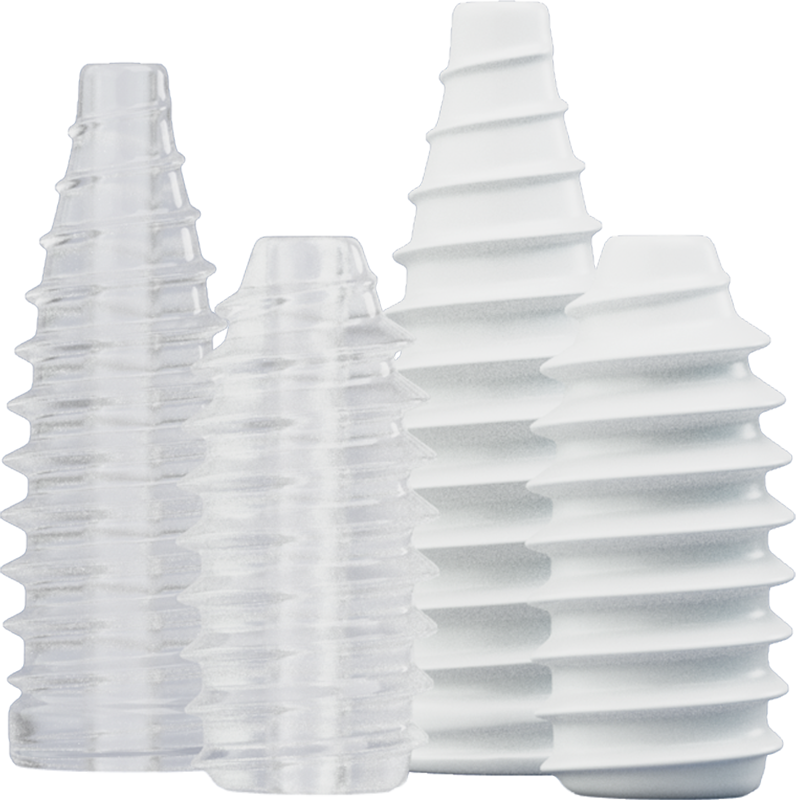
Overview
Osteotwin® Interference screw is an Resorbable Fixation System designed to fulfil two core aims: provide appropriate mechanical properties necessary for ligament reconstruction whilst ensuring osteointegration to form architectural bone through hydrolysis.
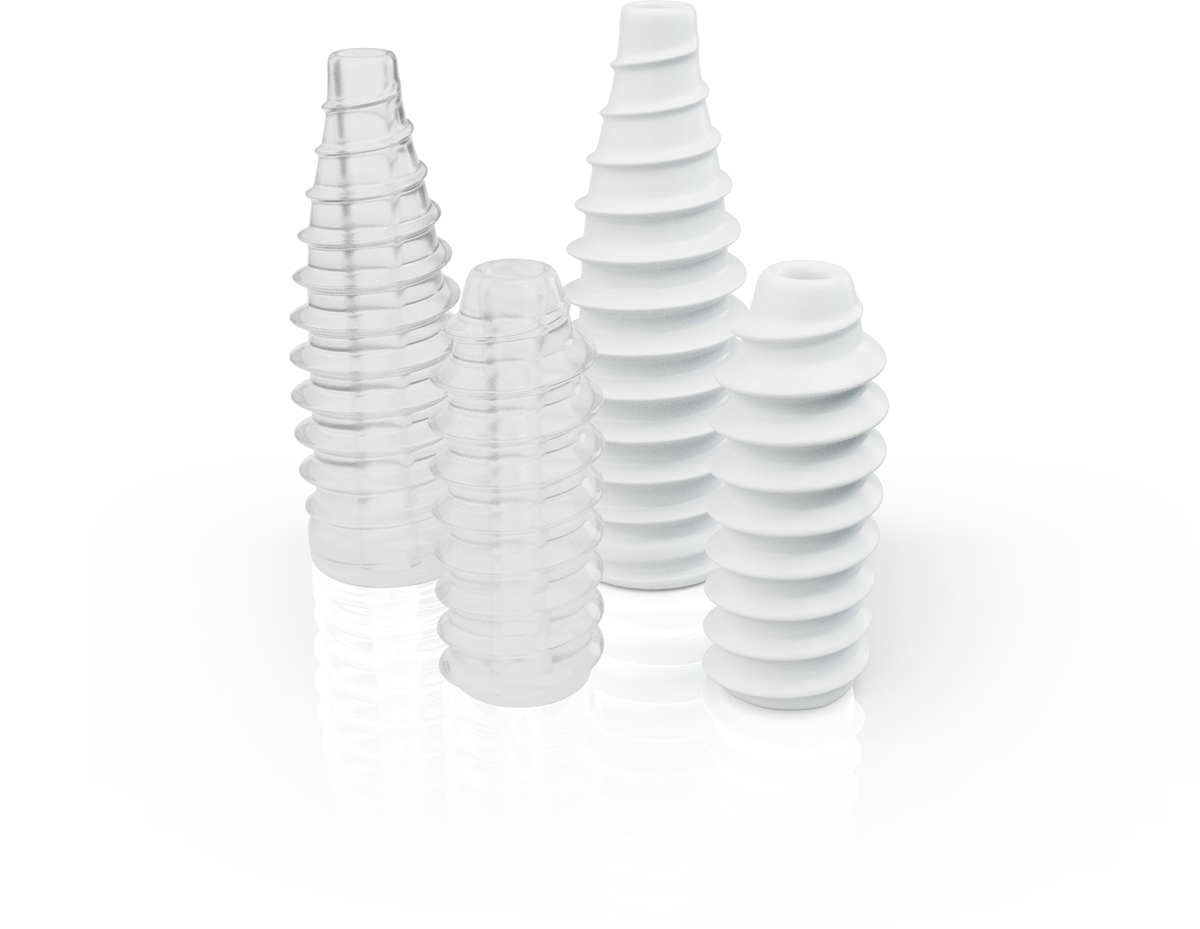
A common and proven technique for reconstructing the anterior cruciate ligament (ACL) is to place and fix the ACL graft in bone tunnels drilled into the tibia and femur.
Our Osteotwin® interference screws are composed of bioabsorbable materials that provide temporary fixation sufficient to maintain position and stability during healing, after which the implant gradually disappears from the body via a natural metabolic process.
Available Compositions
Osteotwin® Interference screws come in two compositions, either fully polylactic or polylactic with the addition of MBCP® Technology. The addition of biphasic calcium phosphate (BCP ) in the polymer matrix increases the osteoconductivity of the implant.
While the Polyactic Interference Screw offers greater mechanical resistance, the Composite Interference Screw provides the convenient ratio between the necessary mechanical resistance for the indication and the faculty to generate bone growth.

Composite Interference Screw
A resorbable device composed of poly (L-lactide-co-D, L-lactide) and biphasic calcium phosphate (75% PLDLLA + 25% BCP).

Polylactic Interference Screw
The Polylactic Interference Screw is made of 100% poly (L-lactide-co-D, L-Lactide).
Osteotwin® Interference Screw
The interference screw range is available in different diameters and lengths, allowing the surgeon the flexibility to adjust the size of the screw to the desired bone tunnel size, ensuring optimal fixation of the transplant.
Its internal print is unique and specific to the installation instrumentation used for its implantation. The interference screw does not incorporate any medicinal substance, animal tissues or blood components.
Lengths 25, 30 & 35

Screw tip tailored to assist insertion into the bone tunnel.
Auto-stopper half-head design
Length 20
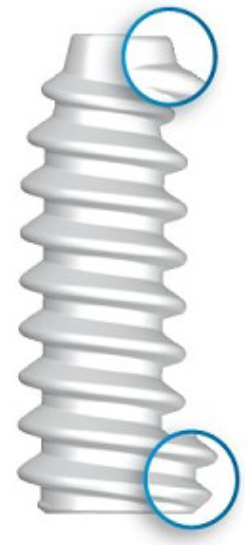
The conical tip is shorter to increase threaded screw contact
Headless to maximise the length of the screw
Key Features and Benefits
Design features
Specific thread design to maximise contact with bone
Smooth thread to minimise damage to ligament
Graduated tapered design to optimise torque
Screw tip tailored to assist insertion into the bone tunnel
Auto stopper half head
Fully cannulated
The conical tip is shorter to increase threaded screw contact (only for L20 screws)
Headless to maximize the length of the screw (only for L20 screws)

Clinical performance
Resorbable
Osteointegration
Provides great mechanical resistance
Fixation of ACL grafts into the tibia and/or femur tunnel
Indications For Use
The Composite Interference Screw is intended to be used in anterior cruciate ligament reconstruction procedures. It ensures the fixation of the transplant within the bone tunnel during the healing period and for a maximum duration of 48 months.
The Polylactic Interference Screw is intended to be used in anterior cruciate ligament reconstruction procedures. It ensures the fixation of the transplant within the bone tunnel during the healing period and for a maximum duration of 30 months.
Need more information?
To learn more about Osteotwin® Interference screw, download resources and view performance data, visit interferencescrews.com.


